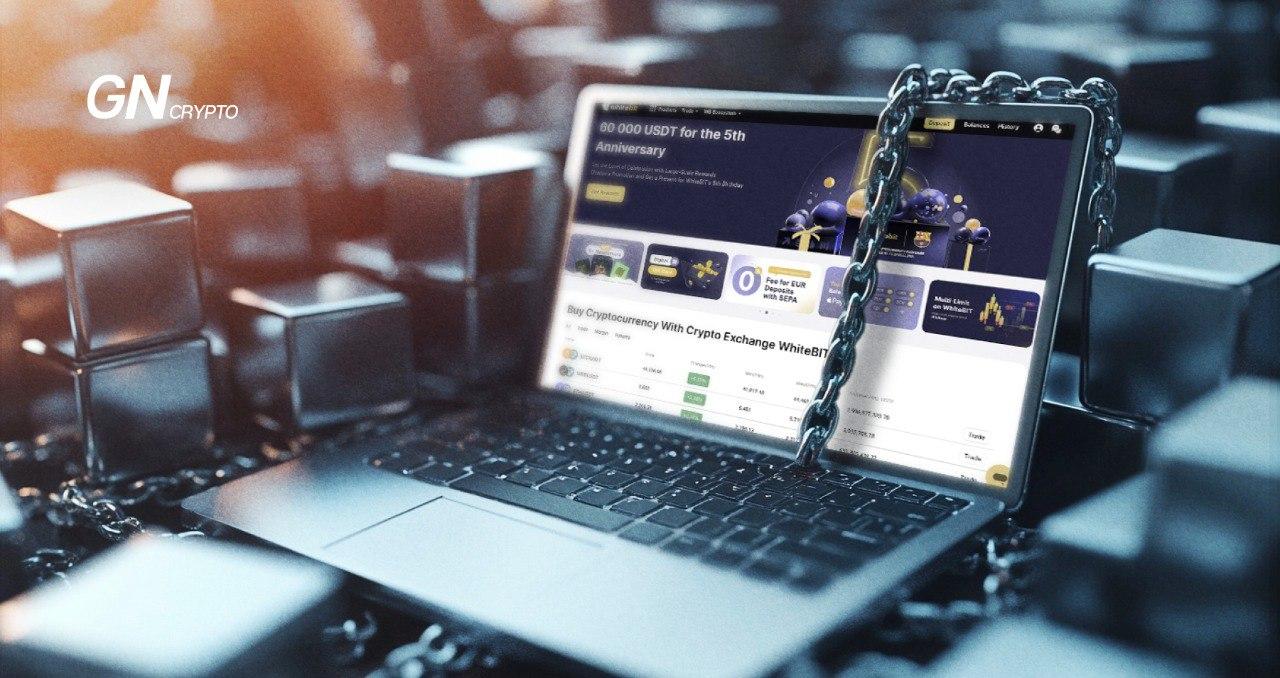What is Chain Abstraction?

In computing, “abstraction” generally involves hiding complex technical details from the user experience (UX), making such complexities invisible to users. Chain abstraction follows a similar principle, aiming to simplify the UX in the multi-chain environment of the cryptocurrency industry.
On this page
As of August 2024, the cryptocurrency industry includes 304 blockchain networks, dozens of wallets, and thousands of dApps. While this fragmentation ensures scalability and decentralization, it greatly complicates user interactions with cryptocurrencies.
Users ideally shouldn't need to concern themselves with the underlying details, such as knowing which token is used to pay fees or which rollup or cross-chain bridge they are interacting with. For cryptocurrencies to achieve mass adoption, all these technical details need to be abstracted away (similar to how gamers don’t need to know whether they are using Unity or Unreal Engine—they just want to simply play).
Complexity in Interacting with the Crypto Industry
Chain abstraction doesn't specify exactly what should be abstracted. It outlines a general development direction aimed at addressing the fragmented user experience in the crypto industry. The ultimate goal of abstraction is to create a system that allows users to interact with decentralized applications (dApps) through a unified interface.
Existing vs. Desired Web3 Interaction. Source: particle.network
To achieve this, developers need to understand the problematic areas of the user experience, for example:
- Gas Tokens: To make a transaction, users must buy on a centralized exchange (CEX) and then fund their crypto wallet with the network's native tokens—actions required just to pay the transaction fee.
- Fragmentation of Crypto Wallets: Not all blockchains are supported by wallets like Metamask. For interactions with non-EVM networks, users must set up separate wallets like Phantom (for Solana) or Keplr (for Cosmos), further complicating the process.
- Unique On-chain Apps: Applications often operate in isolation within a specific blockchain, requiring users to navigate through the aforementioned hurdles to gain access.
Additionally, users must independently find the appropriate dApps, cross-chain bridges, crypto wallets, etc. This usually involves using Google search (whose contextual ads often lead to phishing sites), following influencer recommendations (who do not bear financial responsibility for your investments), or navigating targeted ads on social networks (favored by scam projects). This situation is fraught with pitfalls.
Approaches to Chain Abstraction
As chain abstraction is a relatively new concept, there's no single classification for its approaches yet. Nevertheless, enthusiasts have developed a provisional consensus, categorizing three main directions.
Comprehensive Approach: This involves creating infrastructure that addresses multiple blockchain abstraction challenges simultaneously, such as cross-chain communication, gas token abstraction, and liquidity aggregation. Projects like NEAR, Particle Network, and Polygon's AggLayer are pioneers of this approach.
Orchestration: Here, developers build applications that coordinate operations across different blockchains using a single signature at the user level. These solutions maintain operations within one blockchain while utilizing assets from another, with all intermediary operations performed automatically. Examples include Agoric, Skip, and Socket.
Base Infrastructure Abstraction: This approach focuses on solving one specific issue. It could be providing infrastructure to ease blockchain interactions or creating platforms for deploying dApps across blockchains simultaneously. Projects like LayerZero, Hyperlane, Axelar, and ZetaChain exemplify this method.
CAKE (Chain Abstraction Key Elements)
CAKE is a framework that orchestrates and integrates various technologies within the blockchain abstraction tech stack. It was developed by Frontier Research and introduced in February 2024.
The framework consists of 3 layers, each serving specific functions. This solution is designed to streamline user interactions by automating the complex processes behind the scenes when interacting with decentralized applications (dApps).
CAKE Architecture. Source: frontier.tech
Permission Layer. Here, users connect their wallet to a dApp and specify their intent, such as transferring USDT to a Tron address or depositing USDC into a liquidity pool like Stargate. The wallet needs the capability to both read (to understand user assets) and transact (to update state) on the blockchain.
Solver Layer. This layer assesses the costs and speeds of transactions based on the user’s balance and intentions, a process known as ‘solving'. This may involve internal protocol paths or external developers, referred to as solvers, who facilitate the execution of these intents.
Settlement Layer. After the user confirms the transaction with their private key, this layer ensures its execution in two phases: bridging the user’s assets to the target blockchain and performing the transaction. In some cases, this might utilize separate liquidity without needing a cross-chain transfer.
Achieving blockchain abstraction with CAKE means these three layers work seamlessly to provide a user-friendly experience, hiding the complex underlying processes from the end user.
Final Words
Blockchain abstraction, still an emerging concept in the cryptocurrency industry, is not fully defined by the solutions discussed here. As technology evolves, some of these approaches may transform or even become obsolete.
It's important to note that abstraction for specific purposes has already been implemented. For instance, account abstraction has enhanced the security of cryptocurrency wallets, cross-chain bridges facilitate the movement of assets between blockchains, and Fiat On-Ramp services simplify the conversion of fiat currencies into cryptocurrencies.
Moreover, these solutions are continually developing. For example, in June 2024, the Solana team introduced Blinks and Actions—innovative solutions that bridge the worlds of Web2 social media and Web3 transactions.
The content on The Coinomist is for informational purposes only and should not be interpreted as financial advice. While we strive to provide accurate and up-to-date information, we do not guarantee the accuracy, completeness, or reliability of any content. Neither we accept liability for any errors or omissions in the information provided or for any financial losses incurred as a result of relying on this information. Actions based on this content are at your own risk. Always do your own research and consult a professional. See our Terms, Privacy Policy, and Disclaimers for more details.



























